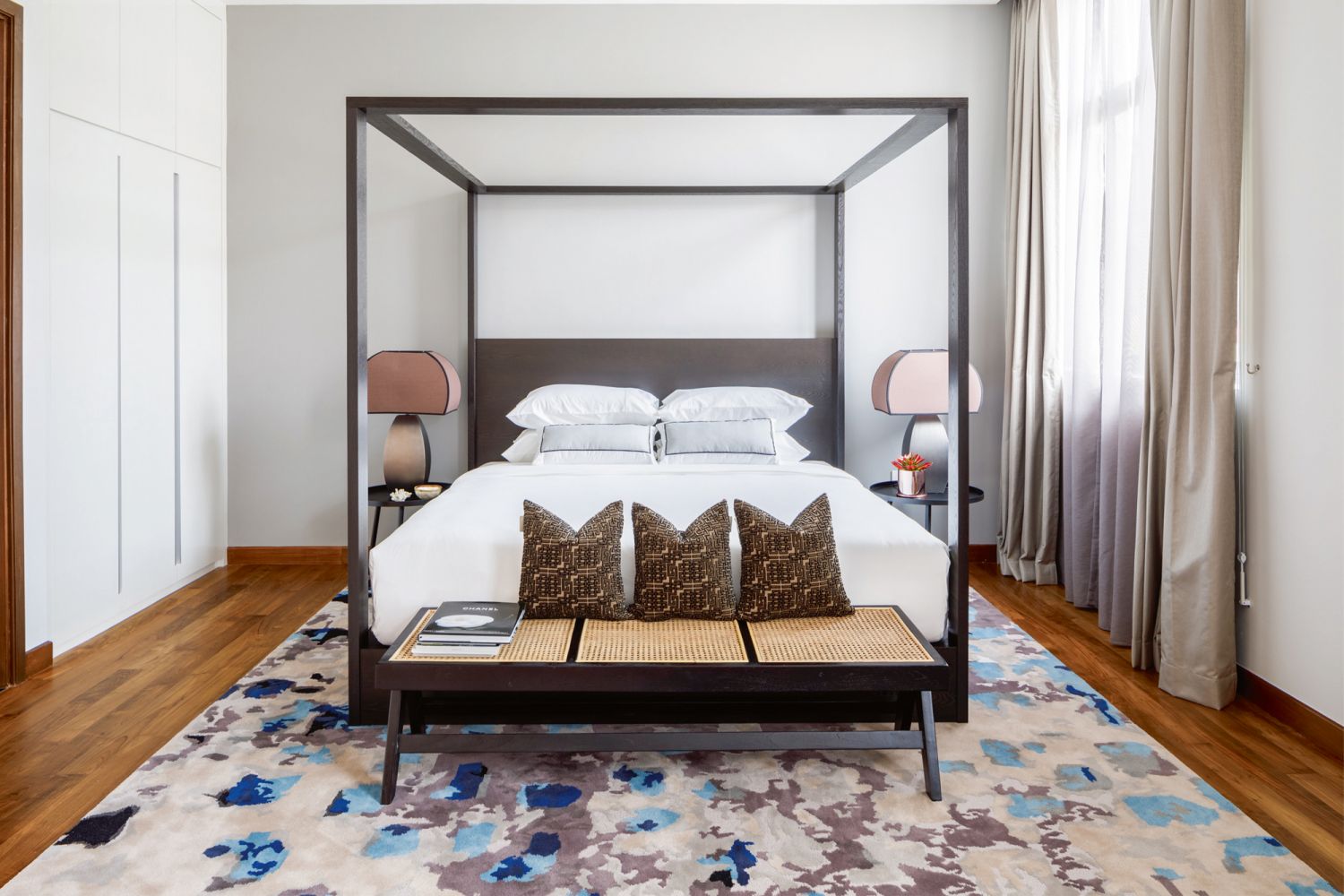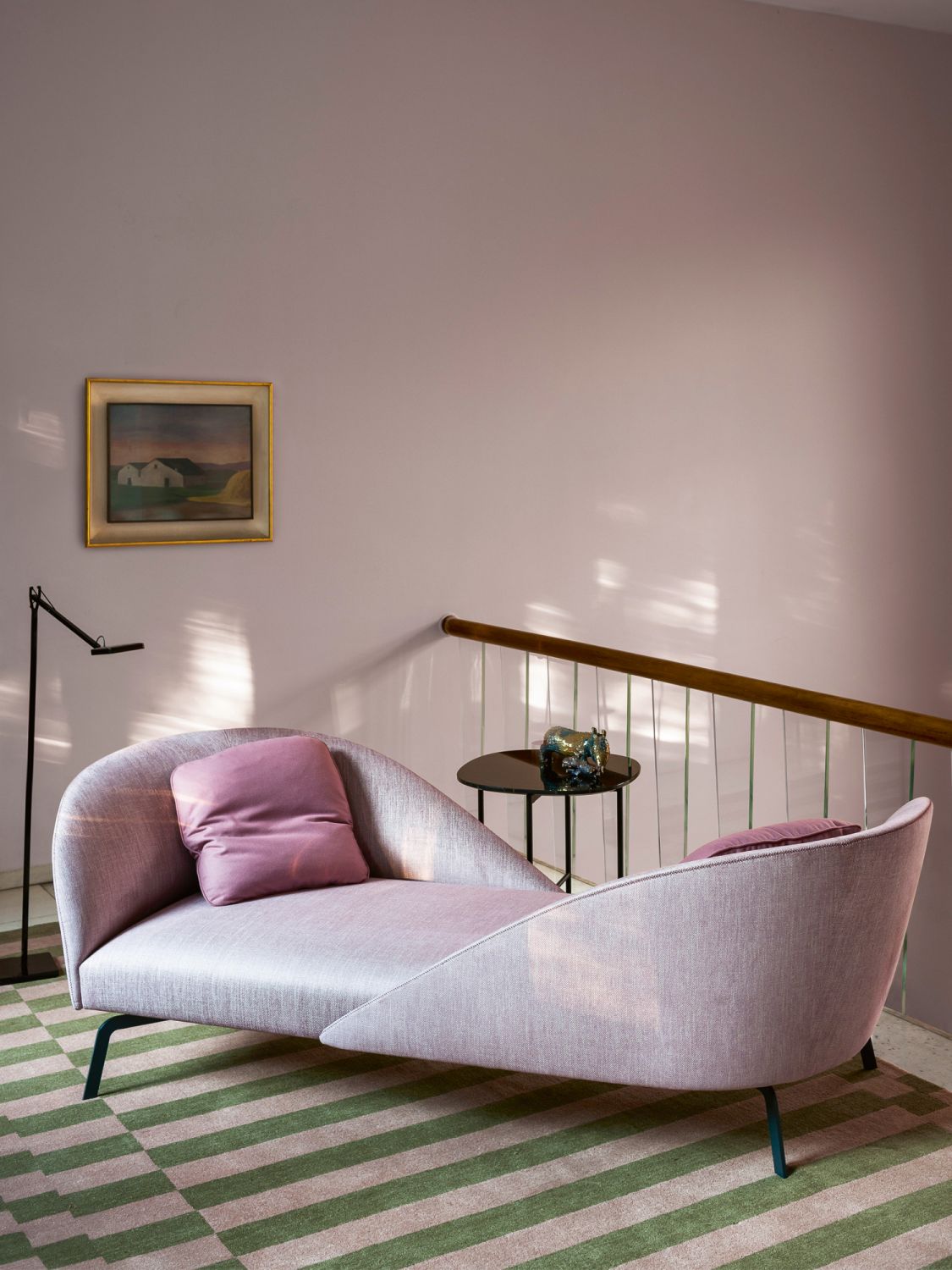Design a soothing bedroom that promotes relaxation and a good night’s sleep
With more people working from home, the bedroom needs to be a serene space to whisk your worries away and be conducive to sleep. “Every material that is used in a bedroom should feel soft: the rug underfoot, the drapery, the bedlinen,” says Alexandra Champalimaud, founder of New York-based firm Champalimaud Design, which worked on the recent renovation of Raffles Singapore. “This creates a soothing atmosphere that is important for relaxation.”
But our screen time on our gadgets can certainly prove an obstacle to a good night’s rest. “As much as possible, remove the TV, mobile phone and tablet devices from your bedroom,” says Terri Tan, design director of Singapore-based studio Designworx Interior Consultant.
Here, we present top tips from the experts on how you can create a bedroom that is a calming, distraction-free sanctuary which will get you recharged for the day ahead.
Don't miss: 5 Colourful Bedrooms that are Decor Goals
1. Set the scene

The layout and design scheme of your bedroom are fundamental to creating a favourable environment for sleep. Champalimaud suggests positioning the bed along the wall opposite the door. “Walking into a room alongside the bed feels awkward, and you miss the dramatic moment of seeing the full headboard composition,” she says.
Jennifer Bay, marketing manager of silk bedlinen and lifestyle brand Silky Miracle, agrees that spatial planning is key. “Having a clear pathway from the bed to the bathroom can eliminate tripping hazards, especially in the dark,” she says. “Visual clutter can generate stress, which is a hindrance to quality sleep, so less-is-more is a good approach for bedrooms.”
According to Tan, it is also important to maintain an ideal temperature that’s suitable for your body at rest; this means being mindful of the amount and direction of sunlight that enters your bedroom. “If you’re not an early riser, avoid placing the bed next to east-facing windows, as the sunlight will pour in at dawn and can disrupt your sleep.”
In case you missed it: 7 Calming Decor Tips for Your Bedroom to Help Reduce Anxiety












